Cleanroom-Ready by Default: Why CNC Machined Parts Still Dominate in Regulated Manufacturing
There’s no shortage of excitement around 3D printing. From rapid prototyping to complex geometries, it has opened doors that traditional manufacturing couldn’t. But when it comes to cleanroom environments, sterile assemblies, and regulated industries like medtech, pharma, and humanitarian robotics, the rules are different—and the margins for error are far smaller.
At MAAS Precision, we regularly work with companies navigating ISO 13485, GMP, and FDA requirements. These customers aren’t just chasing speed or design freedom—they’re designing for cleanliness, traceability, and long-term reliability. And in these contexts, CNC machining continues to lead where it counts.
Here’s why.
1. Surface Finish Matters in Clean Environments
In medical, pharmaceutical, or optics-based robotics applications, surface finish isn’t cosmetic—it’s functional. A rough or porous surface becomes a contamination trap: it’s harder to clean, more likely to shed particles, and can harbour bacteria or residues that compromise product safety.
CNC machined parts can achieve surface finishes down to Ra 0.4 µm or better with standard processes.
3D printed parts, especially SLS and FDM types, often have layered or grainy finishes that require secondary post-processing—which adds time, cost, and risk.
If your part is going into a cleanroom or sterile field, a smooth, known finish is one less thing for your QA team to worry about.
2. Material Traceability and Compliance
CNC machining starts with fully certified, homogeneous material stock. That means your aluminium, stainless steel, PEEK, or titanium parts come with material certificates, batch numbers, and full traceability—critical for ISO 13485 audits or risk-based design files.
By contrast:
Additive manufacturing often relies on powders or resins with less traceable sourcing.
Mixed-batch or in-house blended feedstocks make validation harder.
Material consistency between prints can vary based on orientation, printer condition, or operator control.
For design engineers, this introduces uncertainty. For buyers, it means more qualification work—and possible issues during regulatory review.
3. Sterilisation and Outgassing Performance
Many medtech and pharmaceutical components must withstand autoclaving, ethylene oxide sterilisation, gamma radiation, or chemical disinfectants. Machined metals and technical plastics are proven performers under these conditions.
3D printed materials can struggle here:
Certain polymers degrade, warp, or become brittle under sterilisation.
Layered parts may trap moisture or outgas under vacuum.
Some photopolymer prints can't be safely sterilised at all.
This becomes critical when you're designing for surgical tools, robotic grippers, or sensor housings in harsh or sensitive environments. Cleanability and durability are not optional—they’re central to product safety.
4. Validation Simplicity and Supply Chain Confidence
Validation is easier when the process is predictable. CNC machining offers:
Established tolerancing standards,
Known process controls,
And consistent performance, batch after batch.
For procurement teams, this means:
Faster supplier qualification,
Easier integration into ISO 13485-compliant QMS,
And fewer surprises in production runs.
For engineering teams, it also means fewer design concessions—you don’t need to worry about print orientation or support structures limiting your functional geometry.
When 3D Printing Adds Value
To be clear: additive manufacturing is extremely useful in the right context. At MAAS Precision, we use it for:
Ergonomic test parts,
Early-stage prototypes,
Lightweight brackets or covers that don’t impact function or hygiene,
And design exploration for hybrid components.
But for customer-facing, sterile, or validated parts, we often start with a 3D printed concept and transition to CNC machining for production.
Conclusion: Cleanroom-Ready Starts at the Design Stage
If your product needs to survive a sterilisation cycle, meet traceability standards, or pass an ISO 13485 audit, the manufacturing method is not just a cost decision—it’s a risk decision.
CNC machining is often seen as the “traditional” choice, but in regulated environments, it’s also the lowest-risk, highest-confidence path to compliance.
Need support with a cleanroom-grade design or a CNC component for a regulated build?
Talk to the MAAS team—we’ll help you choose the best method for function, compliance, and production-readiness.
📩 [Get in touch] | 🔧 [View our capabilities]
#CNCmachining #ISO13485 #MedicalDevices #CleanroomDesign #PharmaManufacturing #PrecisionEngineering #DesignForCompliance #3DPrinting #AdditiveVsSubtractive #Procurement #EngineeringSupport #RegulatedIndustries
